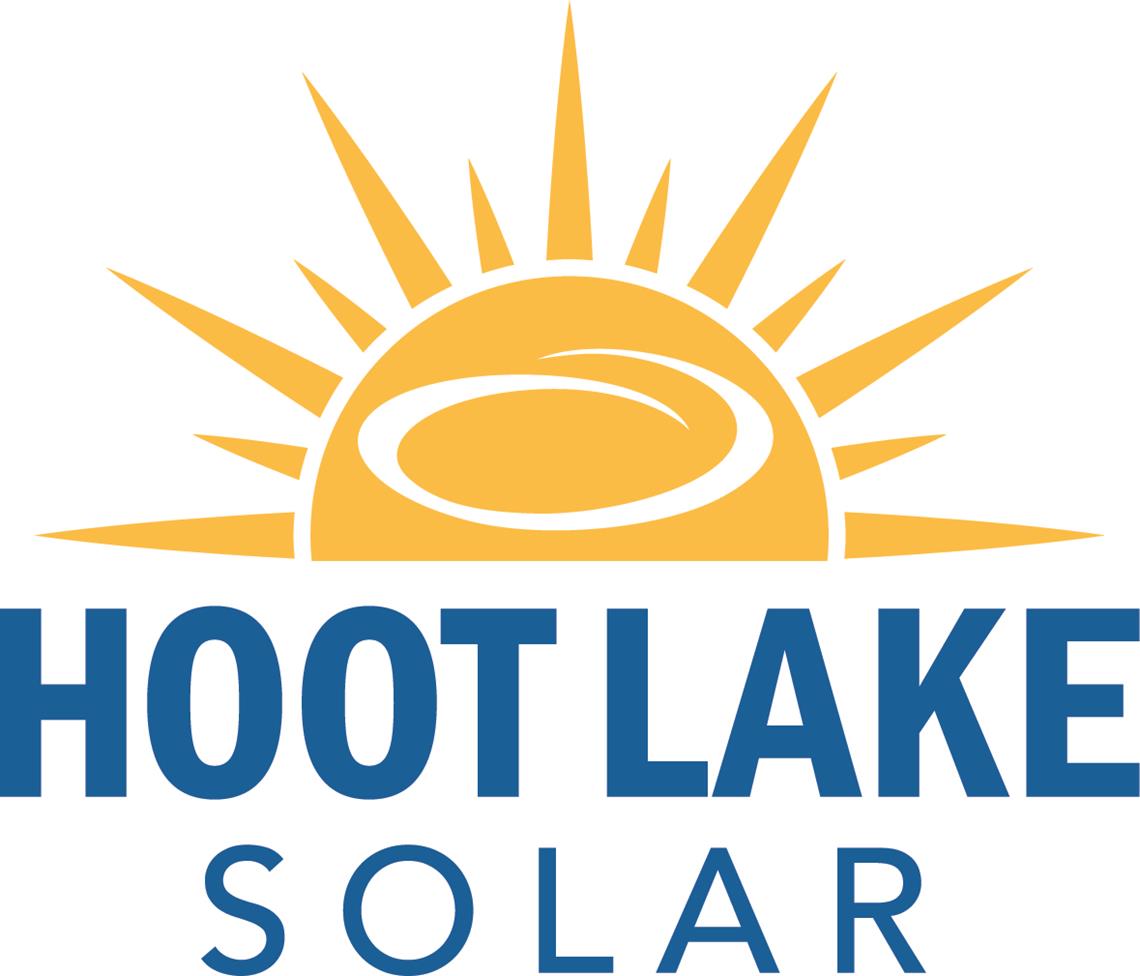Q: Will Hoot Lake Solar bring tax benefit to the city?
A: Solar projects are subject to production taxes in lieu of property taxes in Minnesota. We expect Hoot Lake Solar to provide more than $120,000 annually in local tax benefit.
Q: Why is the project 49.9 megawatts (MW) and not larger?
A: Our interconnection at the Hoot Lake Substation can accommodate up to 144 MW, but because of land requirements and needed transmission line to reach the interconnection, a larger project became too costly. This was the least-cost option for our customers. Additionally, solar projects that are 50 MW or larger require Certificate of Need approval and a site permit from the Minnesota Public Utilities Commission (MPUC), resulting in less local control and longer implementation timelines. Based on our projections around customer energy needs now and into the future, a solar project over 50 MW at this time wasn’t prudent.
Q: What is Minnesota’s solar energy requirement? Will Hoot Lake Solar meet that requirement?
A: The state of Minnesota has a 10% solar energy goal by 2030. Hoot Lake Solar would accomplish 4% of this goal, with our remaining solar coming from small solar projects like Blue Heron Solar near Ottertail, Minnesota, and Blue Jay Solar in Jamestown, North Dakota, as well as energy purchase agreements.
Q: Did Otter Tail Power Company follow the Minnesota solar model ordinance?
A: We followed the recently updated City of Fergus Falls solar ordinance, which includes many of the same guidelines and best practices of the Minnesota solar model ordinance, especially as related to residential setbacks, panel height, anti-reflective coating, and wildlife friendly fencing.
Q: Did employees from the retired Hoot Lake Plant have job opportunities with Hoot Lake Solar?
A. Hoot Lake Solar maintenance will be minimal. So while there may not be job opportunities at Hoot Lake Solar, we encouraged and assisted, when possible, Hoot Lake Plant employees to continue their career with our company.
Q: Will only Minnesota customers use the energy produced by Hoot Lake Solar? And are all of Otter Tail Power Company’s customers paying for the Hoot Lake Solar investment?
A. In November 2020 we submitted a filing to the Minnesota Public Utilities Commission (MPUC) requesting 100% allocation of Hoot Lake Solar’s output for use by Minnesota customers and 100% of our investment in Hoot Lake Solar be eligible for future cost recovery from Minnesota customers through our Renewable Resource Cost Recovery Rider. The MPUC approved this request in March 2021.
Since Hoot Lake Solar won't have any fuel costs, customers won't see Hoot Lake Solar-related increases to Energy Adjustment rates.
Q: Is the entire project within city limits?
A: Yes. After working with the City of Fergus Falls and Aurdal and Buse townships, we received an orderly annexation by joint resolution for Otter Tail Power Company-owned land in early May 2021.
